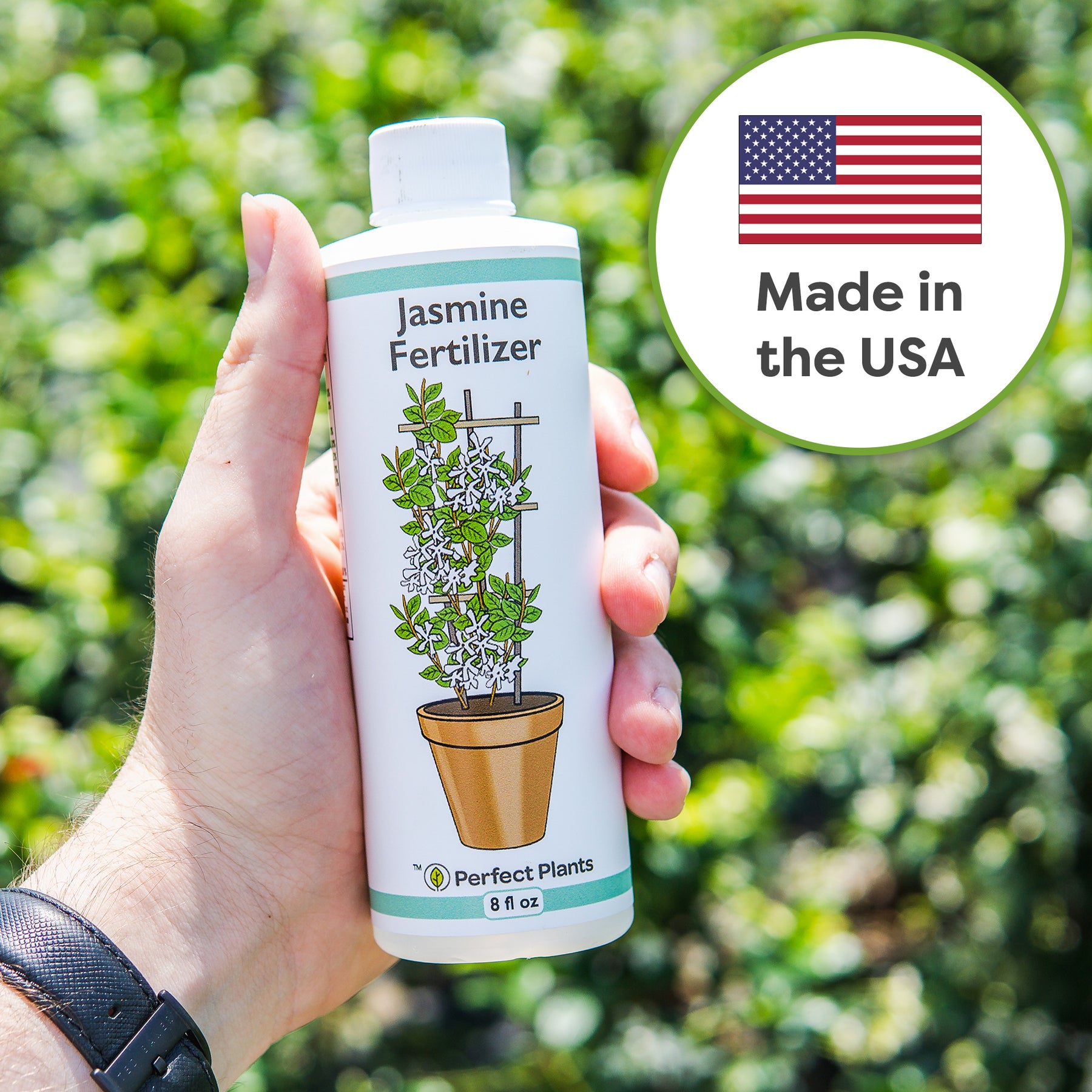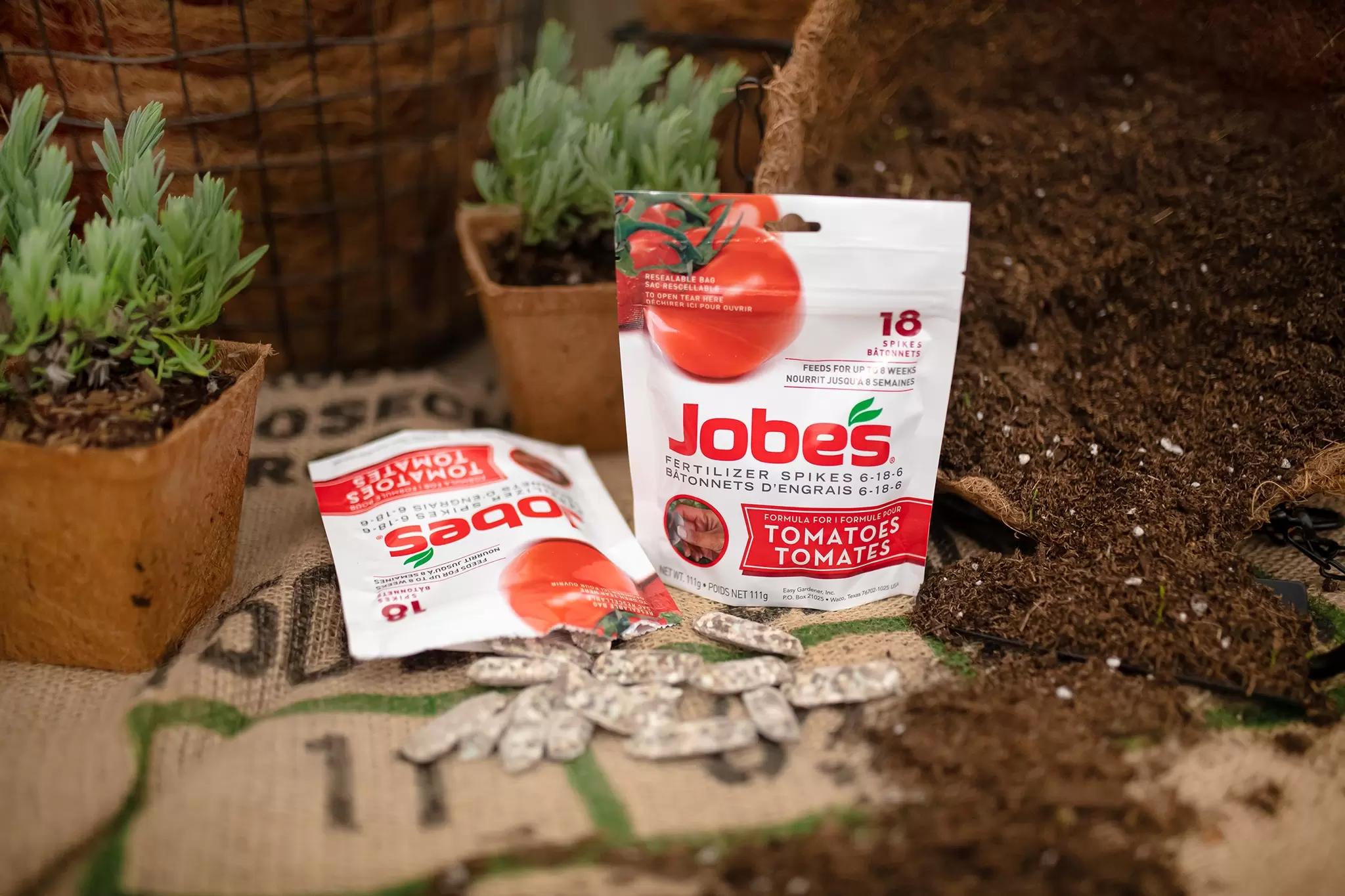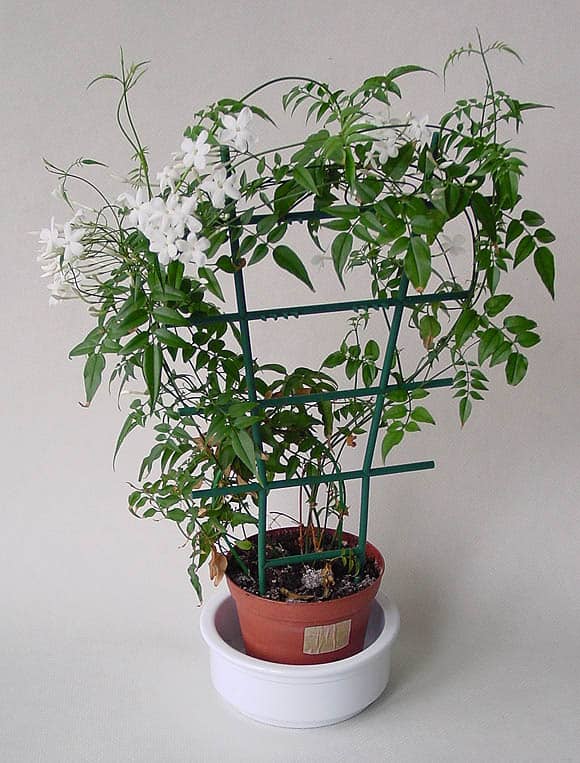The Best Jasmine Fertilizer For Lush Growth And Beautiful Blooms
Jasmine plants are known for their beautiful blooms and sweet fragrance. But in order to produce their best blooms, they need to be fertilized regularly. The right fertilizer can help your jasmine plant grow lush and healthy, and produce more flowers.
There are many different fertilizers on the market, so it can be tough to know which one is the best for your jasmine plant. In this blog post, we will discuss the different types of jasmine fertilizer and help you choose the right one for your needs.
What is Jasmine Fertilizer?
Jasmine fertilizer is a plant food that is specifically designed to help jasmine plants grow and bloom. It contains the nutrients that jasmine plants need to thrive, including nitrogen, phosphorus, and potassium.
Nitrogen helps jasmine plants grow new leaves and stems. Phosphorus helps jasmine plants produce flowers and fruits. Potassium helps jasmine plants resist diseases and pests.
Types of Jasmine Fertilizer
There are three main types of jasmine fertilizer:
- Liquid fertilizer: Liquid fertilizer is the most common type of jasmine fertilizer. It is easy to apply and quickly absorbed by the plant.
- Granular fertilizer: Granular fertilizer is slower-release than liquid fertilizer. It is often used for potted jasmine plants.
- Slow-release fertilizer: Slow-release fertilizer is the best type of jasmine fertilizer for long-term use. It releases nutrients over a period of several months, so you do not have to fertilize your jasmine plant as often.
How to Fertilize Jasmine Plants
The best time to fertilize jasmine plants is in the spring and summer, when they are actively growing. You can fertilize your jasmine plant every four to six weeks during this time.
To apply liquid fertilizer, simply mix it with water according to the directions on the label. Then, water your jasmine plant as usual.
To apply granular fertilizer, scatter it evenly around the base of the plant. Then, water your jasmine plant thoroughly.
How Much Fertilizer to Use
The amount of fertilizer you need to use will depend on the size of your jasmine plant. For a small plant, you will only need a small amount of fertilizer. For a large plant, you will need more fertilizer.
It is always best to start with a small amount of fertilizer and increase the amount as needed. Over-fertilizing can damage your jasmine plant.
Warning:
Do not fertilize jasmine plants in the fall or winter. This can encourage new growth that will be damaged by cold weather.
Conclusion
By following these tips, you can choose the best jasmine fertilizer for your needs and help your plant grow lush and healthy, and produce more beautiful blooms.
If you are looking for more information about jasmine fertilizer, I recommend visiting Home Gardening. They have a wide variety of fertilizers to choose from, and their customer service is excellent. You can also find helpful articles and videos on their website about how to fertilize your jasmine plant.
Here is the link to their website: Home Gardening
FAQ of jasmine fertilizer
- What kind of fertilizer do jasmine plants need?
Jasmine plants need a balanced fertilizer that is high in nitrogen and phosphorus. A good fertilizer for jasmine plants would have an NPK ratio of 10-10-10 or 5-10-10. You can also use a fertilizer specifically formulated for flowering plants.
- How often should I fertilize my jasmine plant?
You should fertilize your jasmine plant every two weeks during the spring and summer months. In the fall and winter, you can fertilize less often, such as once a month.
- How much fertilizer should I use?
The amount of fertilizer you use will depend on the size of your jasmine plant. For a small plant, you can use a tablespoon of fertilizer every two weeks. For a larger plant, you can use a cup of fertilizer every two weeks.
- How should I apply fertilizer to my jasmine plant?
You can apply fertilizer to your jasmine plant by sprinkling it around the base of the plant and then watering it in. You can also apply fertilizer to the leaves of the plant by mixing it with water and then spraying it on the leaves.
- What are the signs of a jasmine plant that needs fertilizer?
If your jasmine plant is not getting enough fertilizer, it may show signs of yellowing leaves, stunted growth, or fewer flowers. If you notice any of these signs, you should fertilize your plant more often.
- What are the dangers of over-fertilizing a jasmine plant?
Over-fertilizing a jasmine plant can cause the leaves to burn and the plant to become sick. It is important to follow the directions on the fertilizer label carefully and to only fertilize your plant as often as recommended.
Image of jasmine fertilizer
10 different images of jasmine fertilizer that are free to use:
- Image of a bottle of liquid jasmine fertilizer. The bottle is green with a white label that has the words "Jasmine Fertilizer" and the NPK ratio of 10-10-10.

- Image of a bag of granular jasmine fertilizer. The bag is blue with a white label that has the words "Jasmine Fertilizer" and the NPK ratio of 5-10-10.

- Image of a spike jasmine fertilizer. The spike is brown and has a green label that has the words "Jasmine Fertilizer" and the NPK ratio of 10-10-10.
- Image of a slow-release jasmine fertilizer. The fertilizer is in a pellet form and is contained in a white bag with a green label that has the words "Jasmine Fertilizer" and the NPK ratio of 5-10-10.

- Image of a liquid jasmine fertilizer being poured into a watering can. The fertilizer is a light green color and has a strong odor.

- Image of a bag of granular jasmine fertilizer being spread around the base of a jasmine plant. The fertilizer is a dark brown color and has a granular texture.

- Image of a spike jasmine fertilizer being inserted into the soil next to a jasmine plant. The spike is brown and has a green label.

- Image of a slow-release jasmine fertilizer being sprinkled on the soil around a jasmine plant. The fertilizer is in a pellet form and is a light brown color.

- Image of a healthy jasmine plant that has been fertilized regularly. The plant is full of blooms and has dark green leaves.

- Image of a sickly jasmine plant that has not been fertilized in a long time. The plant has few blooms and the leaves are yellow and wilting.

Post a Comment for "The Best Jasmine Fertilizer For Lush Growth And Beautiful Blooms"